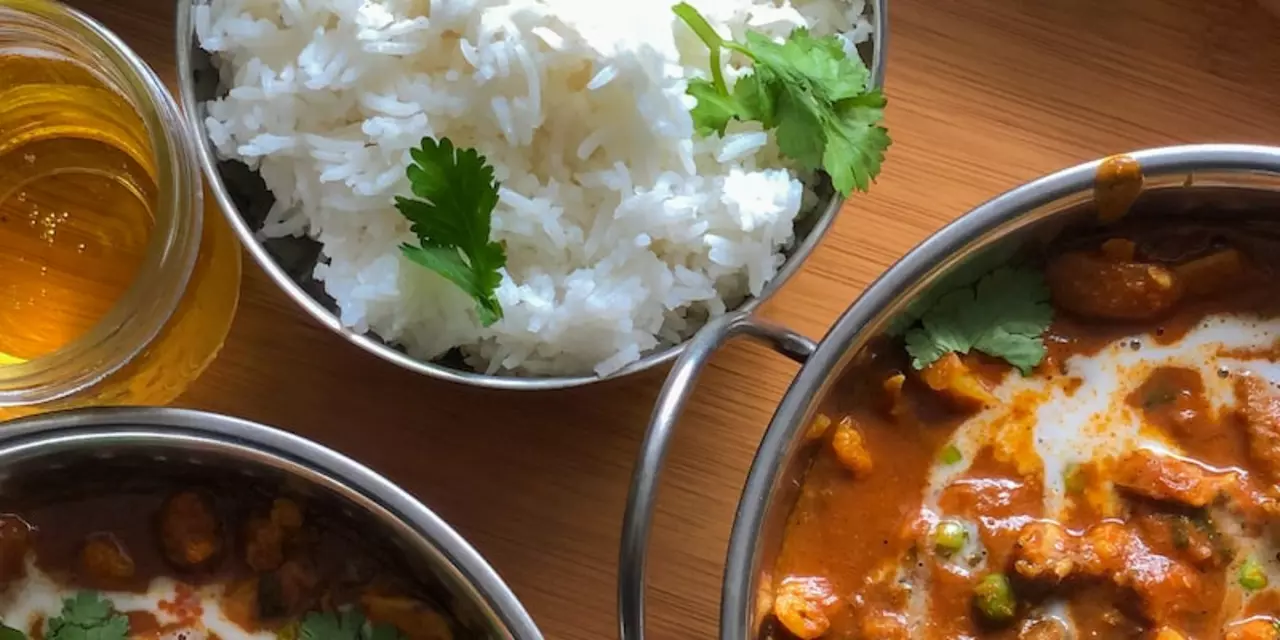Understanding Stereotyping: Why It Happens and How to Stop It
We all form quick guesses about people – it’s how our brain saves energy. Those quick guesses are called stereotypes. A stereotype is a fixed idea about a group of people that often ignores the real differences among individuals. It can be about age, gender, race, job, or anything else that people label.
Even when you think you’re being fair, stereotypes can sneak into decisions at work, school, or even in everyday chats. The good news? You can spot them, question them, and change the way you think.
What Is Stereotyping?
A stereotype is a mental shortcut. Imagine you meet someone who wears a lab coat. You might instantly think they’re smart or a scientist. That shortcut works until it blocks you from seeing that the person could also be a hobbyist photographer or a great dancer.
Most stereotypes grow from two sources: personal experience and media messages. When the same story repeats – like news always showing a certain group in a negative light – our brain starts to link that group with the story. Over time those links feel true, even if they’re wrong.
Stereotypes affect three main areas:
- Judgment: We judge others faster and often unfairly.
- Interaction: We may avoid talking to people we think are “different”.
- Opportunity: We might give a job or a chance to someone who fits our ideal picture, not the best person.
These effects aren’t just personal; they shape whole workplaces and societies. That’s why it matters to understand and break them.
Practical Ways to Counter Stereotypes
1. Ask yourself why you think that way. When a thought pops up – “She’s probably not good at math because she’s a girl” – pause. Ask, “What evidence do I really have?” Often you’ll find no solid proof.
2. Get real stories. Talk to people from groups you’ve stereotyped. Listen to their experiences without judging. Real stories replace vague ideas with concrete facts.
3. Mix up your media feed. Follow blogs, podcasts, or videos that show diverse voices. Seeing different perspectives in media reduces the chance of one‑sided images.
4. Check your language. Words shape thoughts. Instead of saying “All millennials are lazy”, try “Some people in my team seem less motivated” – it’s specific, not a blanket label.
5. Practice empathy. Imagine walking in someone else’s shoes for a day. How would you feel if people assumed things about you based on a label?
6. Invite diverse input. In meetings, ask quieter voices for ideas. A varied group brings fresh angles and can break the echo chamber of stereotypes.
7. Reflect regularly. At the end of the week, think about moments you might have used a stereotype. Write them down and plan a better response next time.
Changing a habit takes time, but each small step adds up. By staying aware and choosing to see people as individuals, you weaken the power of stereotypes in your life.
Ready to test it? Pick one stereotype you notice in yourself and try one of the tips above. Notice how the conversation or decision feels different. You’ll see that breaking a habit is less about grand gestures and more about everyday choices.
